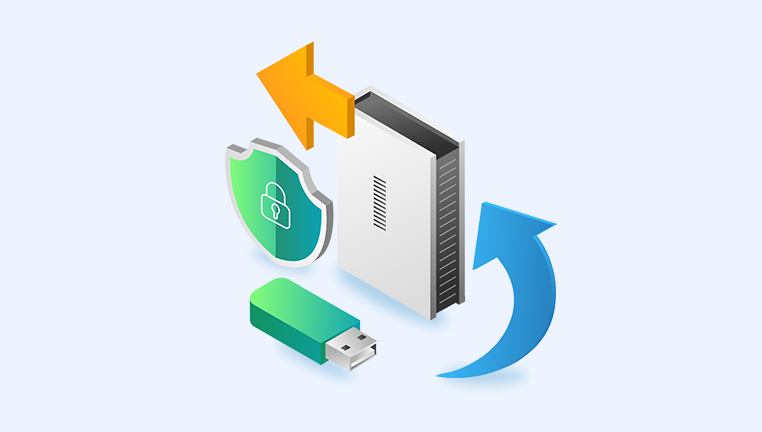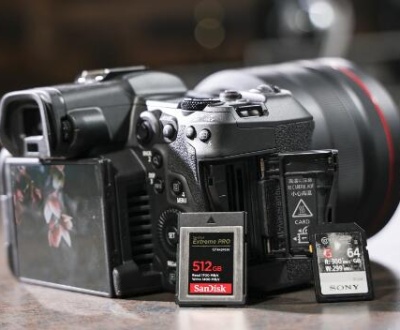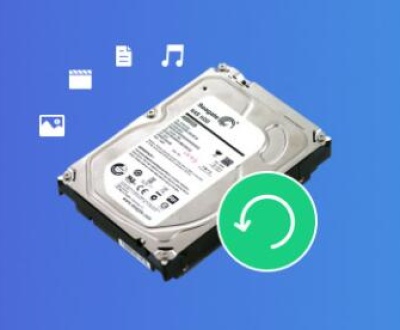Among the leading brands, SanDisk stands out for its reliability, performance, and ease of use. However, to ensure your SanDisk USB drive functions optimally on Windows 10. you might need to format it correctly.
1. Why Format a USB Drive?
Before diving into the specifics of the SanDisk USB format tool, it’s crucial to understand why formatting a USB drive is necessary:
File System Compatibility: Formatting allows you to choose a file system (like FAT32. exFAT, or NTFS) compatible with the devices you intend to use. For example, FAT32 is widely compatible with many devices but has limitations, such as a maximum file size of 4GB. exFAT and NTFS, on the other hand, support larger file sizes and offer better performance on modern systems.
Data Management: Over time, USB drives can accumulate fragmented or corrupt files. Formatting wipes the drive clean, eliminating these issues and ensuring smooth performance.
Security: Formatting is a quick way to securely erase all data on the USB drive, making it ideal for repurposing or before passing the drive to someone else.
Fixing Errors: Sometimes, USB drives can develop errors, making them unreadable or unstable. Formatting often resolves these issues by reinitializing the file system.

2. SanDisk USB Format Tool Overview
SanDisk offers various software tools, but for formatting purposes, most users rely on the built-in tools provided by Windows or third-party software compatible with SanDisk drives. While SanDisk does not have a dedicated USB format tool, they recommend using Windows’ built-in tools or trusted third-party utilities.
Windows 10 Formatting Tool
Disk Management: A built-in Windows utility that allows users to manage drives and partitions, including formatting USB drives.
File Explorer: Another straightforward method where you can right-click on the USB drive and select “Format.”
Command Prompt: For advanced users, the diskpart utility in Command Prompt provides granular control over formatting options.
Third-Party Tools
SanDisk SecureAccess: While primarily a security tool for encrypting files on your USB drive, SecureAccess also includes basic formatting capabilities.
HP USB Disk Storage Format Tool: A popular third-party utility that works well with SanDisk drives, offering additional options and flexibility.
EaseUS Partition Master: Another robust third-party tool, often recommended for complex formatting tasks or recovery situations.
3. How to Format a SanDisk USB Drive Using Windows 10 Tools
Using File Explorer
Insert the SanDisk USB Drive: Connect your SanDisk USB drive to your Windows 10 computer.
Open File Explorer: Press Windows + E to open File Explorer.
Locate the USB Drive: In the left-hand pane, find your SanDisk USB drive under “This PC.”
Right-Click and Select “Format”: Right-click on the USB drive and choose “Format.”
Choose the File System: In the Format window, select the file system (e.g., FAT32. exFAT, NTFS) that best suits your needs.
Set Allocation Unit Size: Leave this as “Default” unless you have specific needs.
Select Quick Format: If you’re formatting the drive for reuse and don’t need a thorough wipe, check the “Quick Format” box.
Click “Start”: Confirm the action, and Windows will format the drive.
Using Disk Management
Open Disk Management: Press Windows + X and select “Disk Management.”
Select the USB Drive: Right-click on your SanDisk USB drive in the Disk Management window.
Choose “Format”: Select the format option and follow the prompts to set the file system and allocation size.
Complete the Format: Click “OK” to initiate the formatting process.
Using Command Prompt (Diskpart)
Open Command Prompt as Administrator: Press Windows + X and select “Command Prompt (Admin).”
Launch Diskpart: Type diskpart and press Enter.
List Disks: Type list disk and press Enter to see all connected drives.
Select the USB Drive: Identify your SanDisk USB drive from the list (e.g., Disk 2) and type select disk 2.
Clean the Disk: Type clean to erase all data on the drive.
Create a New Partition: Type create partition primary.
Format the Drive: Use format fs=exfat quick (or replace exfat with ntfs or fat32 as needed).
Exit: Once done, type exit to close Diskpart.
4. Choosing the Right File System
When formatting your SanDisk USB drive, selecting the appropriate file system is essential:
FAT32: Ideal for smaller drives (under 32GB) and compatibility across various devices, including older systems, gaming consoles, and car audio systems. The primary drawback is its 4GB file size limit.
exFAT: A more modern file system without the 4GB file size limit, exFAT is suitable for larger drives and is compatible with most operating systems, including Windows, macOS, and Linux.
NTFS: Best for Windows-exclusive environments, NTFS supports large file sizes, advanced permissions, and features like encryption. However, it’s not as universally compatible as FAT32 or exFAT, particularly with non-Windows devices.
5. Advanced Formatting Options and Tips
Cluster Size: Also known as the allocation unit size, this determines how data is stored on the drive. The default setting is usually optimal, but for specific use cases (like storing many small files or large files), adjusting the cluster size might improve performance.
Full Format vs. Quick Format: A full format scans the drive for bad sectors and ensures all data is wiped, while a quick format only erases the file table, making it faster but less secure. Choose the option based on your needs.
Formatting with SanDisk SecureAccess: If you need to keep certain files secure on your USB drive, SanDisk SecureAccess allows you to create a password-protected vault. However, formatting the drive with this tool should be done carefully, as it may remove existing secure files.
6. Troubleshooting Common Issues
Even with reliable tools, issues can arise during the formatting process:
USB Drive Not Recognized: If your SanDisk USB drive isn’t showing up in File Explorer or Disk Management, try the following:
Check USB Ports: Test the drive in different USB ports.
Update Drivers: Ensure your USB drivers are up to date via Device Manager.
Use Diskpart: Sometimes, Disk Management won’t recognize a drive, but Diskpart can still access it.
Formatting Errors: If you encounter an error while formatting:
Try Another Tool: If File Explorer fails, use Disk Management or a third-party tool like the HP USB Disk Storage Format Tool.
Check for Write Protection: Ensure the drive isn’t write-protected by checking for a physical switch on the drive or using Diskpart to remove write protection.
Data Recovery: If you accidentally format a drive with important data, stop using it immediately. You can use data recovery software like SanDisk RescuePRO Deluxe or third-party tools to recover lost files.
About us and this blog
Panda Assistant is built on the latest data recovery algorithms, ensuring that no file is too damaged, too lost, or too corrupted to be recovered.
Request a free quote
We believe that data recovery shouldn’t be a daunting task. That’s why we’ve designed Panda Assistant to be as easy to use as it is powerful. With a few clicks, you can initiate a scan, preview recoverable files, and restore your data all within a matter of minutes.
Subscribe to our newsletter!
More from our blog
See all postsRecent Posts
- How to save tiktok videos on computer 2025-04-30
- How to watch gopro videos on computer 2025-04-30
- How to save video from blink video doorbell to computer? 2025-04-30

 Try lt Free
Try lt Free Recovery success rate of up to
Recovery success rate of up to









